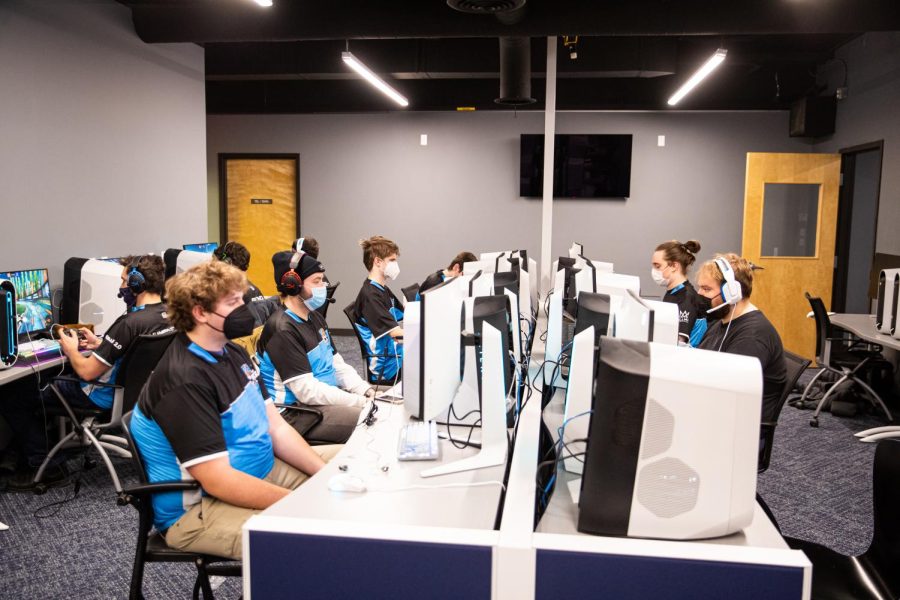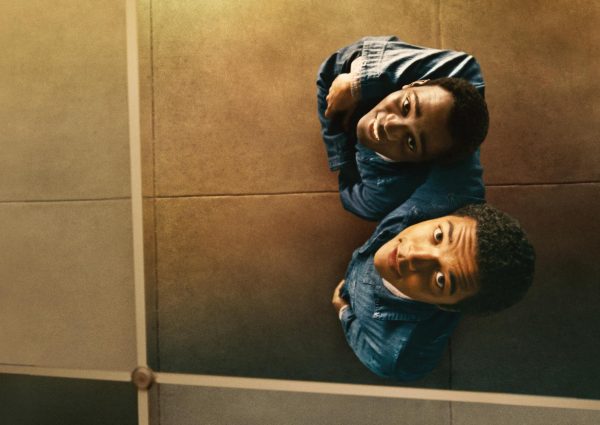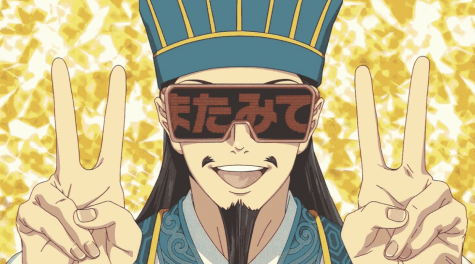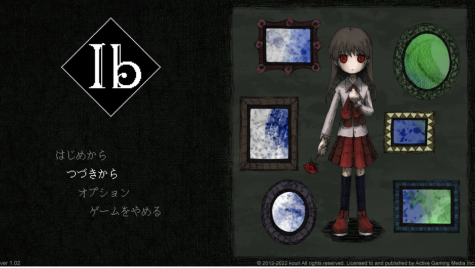Digital Assimilation: Esports In An Age of Inclusivity
Azure eyes dilate as a quartet of blades soar across the field, embedding themselves into the animated outline of her opponent. A suave and elegant voice announces the tournament’s champions as a victory screen digitizes before her team. Filled with a euphoric rush, she tosses a fist against the air in a symbolic expression of camaraderie. Together, they’ve made it one step closer to their collective dream. Unbridled by the personal and societal pressures that oppose them, she yearns for the day they can feel the chaste weight of the amethyst trophy as it kisses their fingertips.
With video games becoming a more popular and widely accepted pastime, the medium has become more accessible than ever, becoming one of the highest-grossing entertainment industries. Paving the way for Esports’ continued success, demand for the sport is shared by fans and colleges alike. Due to Esports’ strong focus on multiplayer online battle arenas and first-person shooters such as Call of Duty, Overwatch, and Counter-Strike: Global Offensive, other genres tend to be overshadowed. The competitive nature of the sport and selective games may be contributing factors to its lack of diversity.
Emphasizing diversity, inclusivity, and equity, Champlain Club Esports (CCE) aims to incorporate these values into its Esports teams as well. Despite their open policy for inclusivity, questions have arisen over the teams’ diversity due to their varsity roster containing little to no BIPOC (Black, Indigenous, and People of Color) members. Students from all majors were invited to try out, with teams chosen based on player skill in accordance with their rankings.
The college’s geography offers a possible explanation behind low enrollment rates for BIPOC members. Being located in Burlington, Vermont, 94% of the state remains demographically white according to last year’s American Community Survey (ACS). According to College Factual, a majority of Champlain’s students identify as male (58%), with 68% of students also identifying as white. With increased publicity and visibility, CCE hopes to encourage varied members of the community to try out for its varsity teams.
While diversity may be scarce in CCE’s varsity teams, its non-varsity teams have both BIPOC and female-identifying members. In addition to its varsity teams, CCE’s administrative team helps oversee the team and the program’s management. Currently consisting of 6 people and rotating members as needed, the team can be considered more gender-inclusive and racially diverse due to its members. Creative Media Michelle Moore (‘24), Assistant Director of HR and member of the Champlain’s Rocket League team, is optimistic about the future of the program and its members. In terms of diversity within Esports, Moore states, “If you want to see change, you gotta make it yourself,” advocating for more inclusivity within the sport and the industry in general. While it is important to create varied teams, it may be equally important to have members in different majors as well. Since a majority of the non-varsity and varsity teams are gaming or majors within the Division of Information Technology and Sciences , members with diverse classes and majors may provide a fresh perspective.
Moore, along with Champlain Esports Program Director, Christian Konczal, aim to get more people involved with the teams through future events. Recently, Champlain Club Esports hosted an emote competition, asking for artists to submit emotes. The team was able to garner a variety of creative designs. Upcoming planned events include Mario Kart tournaments at Lakeside and multiple team-building activities. Wanting to create a supportive and inclusive environment for students, Konczal has reached out to multiple groups on campus such as the Office of Diversity and Inclusion (ODI) and Women’s & Gender Center (WGC) in hopes of sparking a dialogue on increased diversity within gaming and on campus. CCE is partnering with Champlain’s Women’s & Gender Center to participate in the White Ribbon Campaign, a global campaign of male-identifying individuals striving to end violence against female-identifying people. Varsity teams will be wearing campaign shirts on campus and during streams to spread awareness. Champlain Club Esports recently held tryouts for their varsity Valorant and Rocket League Fall 2022 teams on April 20, seeking potential managers, athletes, and coaches.
Another larger reason behind lower diversity rates within CCE can be attributed to the barriers to entry Esports poses to newcomers. While Esports is still a relatively new sport, its prestige should not go unnoticed, demanding similar training and dedication as its older contemporaries. CCE’s varsity regime consists of a strict schedule of a 5-day weekly practice, homework and research assignments from coaches, individual practice, and more. In addition to this training, its teams require effective and consistent communication and are expected to balance their regime with regular coursework.
As an extremely competitive sport demanding large amounts of time outside of the classroom, members will have to be prepared to contribute and be active members of the team. Some students may be interested in competitive play but not yet ready to fully commit this many hours.

The subject of diversity within Esports is part of a larger, industry-wide conversation on the lack of diversity in gaming. Esports appears to be primarily male-dominated, much like the gaming industry itself according to the Sports Integrity Initiative and other gaming studies. With the male gamer stereotype developing and gaining popularity in the 1980s, finding enjoyment in the medium while not identifying with its primary demographic can be frustrating. While female-identifying and BIPOC gamers exist, they are few and far between compared to the majority of members often seen in Esports. Approaching a club or team can be intimidating when members do not share qualities or appear to have many similarities with that person. If a student had a prior negative experience with people from a specific group, some preconceived notions and biases may carry over, further deterring them from joining. Going into professional Esports carries the silent implication of having experienced and accepted some of the problematic aspects of cultures of the sport and gaming.
Extending past Esports, diversity remains a hot-button issue within the gaming industry, with a push for more advocacy becoming increasingly evident. Gaming, both competitive and casual, has a tendency to act or address minorities in an aggressive or vitriolic manner. Multiplayer matches and lobbies can often dissolve into shouting matches or derogatory behavior such as racism, homophobia, or sexism. Due to the anonymity online gaming presents, repercussions can be hard to enforce, with many perpetrators creating alternative accounts to continue harassing these players. This can make it hard to find safe and accepting places for BIPOC members within gaming.
Women also continue to face discrimination in the gaming industry. From a young age, they are held to unfair standards which expect them to be good at academics, sports, or both. With video games and Esports viewed as traditionally ‘unfeminine’ or a waste of time, women are forced to surpass this barrier in order to even enter this space. Even when women are able to overcome this obstacle, they still face discrimination based on their gaming knowledge and skill level.
Digital Forensics major Holly Pentilla (‘22) feels this attitude may be attributed to societal norms, stating, “There’s this expectation people raised female and people who never played video games are expected to either not enjoy video games and not know how to play them, or they are expected to play simulation games reflecting their real life.” When people do not meet these preconceived notions, it can cause them to be viewed as lesser than or beneath those who have.
This treatment of women can be seen in other parts of the industry, such as streaming. Female streamers who stream first-person shooter (FPS) or multiplayer online battle arena (MOBA) games tend to be closed off and have few fan interactions. In addition to being judged, female streamers may struggle with feeling comfortable within this space due to the fear and pressure of being sexualized by their audience. As a result, many streamers may choose to remain anonymous, preferring to not show their face or hide behind a virtual avatar. This expectation in gaming of having to be good at something or face being called out has led to a culture of elitism within competitive games. In multiplayer games, there can be an assumption for women to play healers or more passive characters, with their male teammates being inclined to choose offensive or aggressive characters. Communicating online can be a source of struggle due to female-identifying players facing harassment upon the reveal of their gender. Reasons such as these may make female gamers more hesitant to use voice chat or comment in in-gamechats.
Historically, minorities have not always been well represented or represented at all, implicitly excluding those who do not identify with the majority. The lack of BIPOC characters in Western games fails to represent their life experiences. Often being relegated to side or one-off characters with an uncanny habit of being killed off, positive representation can be hard to find, seemingly extinct in certain genres. In the midst of the 21st century, more push has been seen for further diversity, with more female and minority-based gaming organizations being formed. With Gen Z being considered the most diverse generation yet according to Pew Research Center, inclusivity and diversity continue to be increasingly relevant subjects within Esports and the gaming industry.











